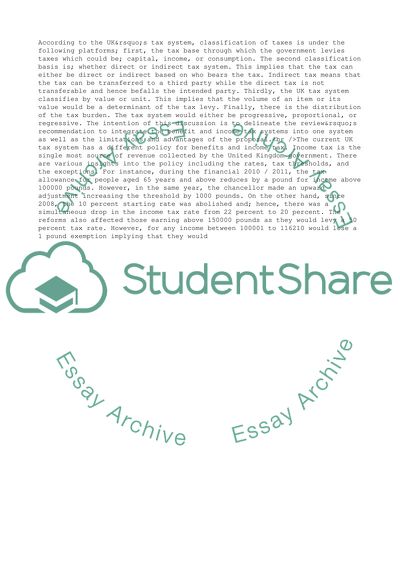Cite this document
(Integrating Personal Taxes and Benefits Report Example | Topics and Well Written Essays - 2000 words - 5, n.d.)
Integrating Personal Taxes and Benefits Report Example | Topics and Well Written Essays - 2000 words - 5. https://studentshare.org/business/1797928-taxation
Integrating Personal Taxes and Benefits Report Example | Topics and Well Written Essays - 2000 words - 5. https://studentshare.org/business/1797928-taxation
(Integrating Personal Taxes and Benefits Report Example | Topics and Well Written Essays - 2000 Words - 5)
Integrating Personal Taxes and Benefits Report Example | Topics and Well Written Essays - 2000 Words - 5. https://studentshare.org/business/1797928-taxation.
Integrating Personal Taxes and Benefits Report Example | Topics and Well Written Essays - 2000 Words - 5. https://studentshare.org/business/1797928-taxation.
“Integrating Personal Taxes and Benefits Report Example | Topics and Well Written Essays - 2000 Words - 5”. https://studentshare.org/business/1797928-taxation.


